Features of tanks for bitumen
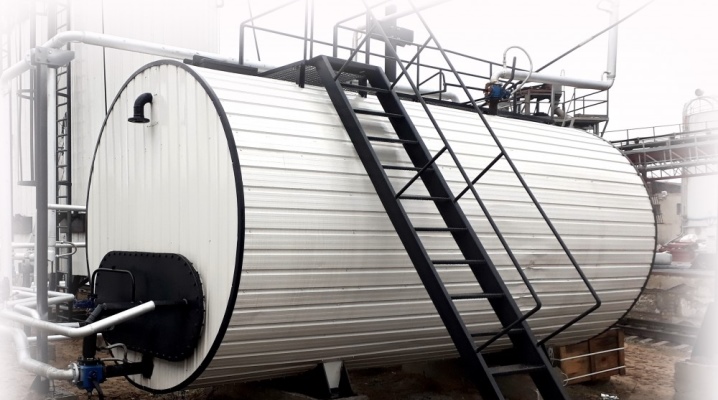
Bitumen and materials based on it are widely used today in various fields of human activity. Bitumen is especially actively used in construction, as well as as a component of various building compounds. It should be noted that this category of materials requires certain storage conditions. Their observance will make it possible to make sure that the mentioned substances do not lose their characteristics and can be used even after a certain time after creation. And special containers for storing bitumen will help to preserve their properties. Let's try to figure out why they are used and what they are.

What is it and why are we needed
Bitumen is a generic name for refined petroleum products that can be in solid, liquid or viscous form. As mentioned above, today this category of products is actively used in the construction and erection of various facilities due to their operational characteristics.
Various enterprises try to have reserves of bitumen, which makes it possible to avoid price fluctuations in the market.
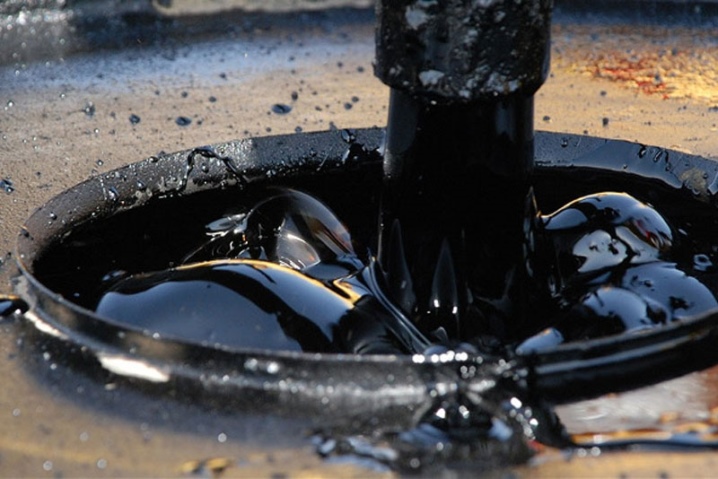
But to store such products, special tanks are needed. After all, it should be understood that the process of storing petroleum products is rather complicated and has certain subtleties that must be taken into account in order to ensure the safety of production, as well as the safety of bitumen.
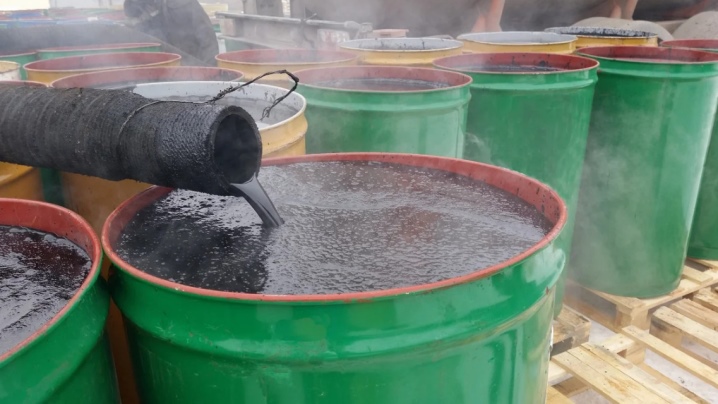
Such reservoirs must meet all climatic conditions, as well as be resistant to negative manifestations of the external environment. It often happens that when stored for a long time, the product thickens or even freezes in winter. And in order for it to be applied, a suitable heating container is required, which will allow the bitumen to be heated at least partially.
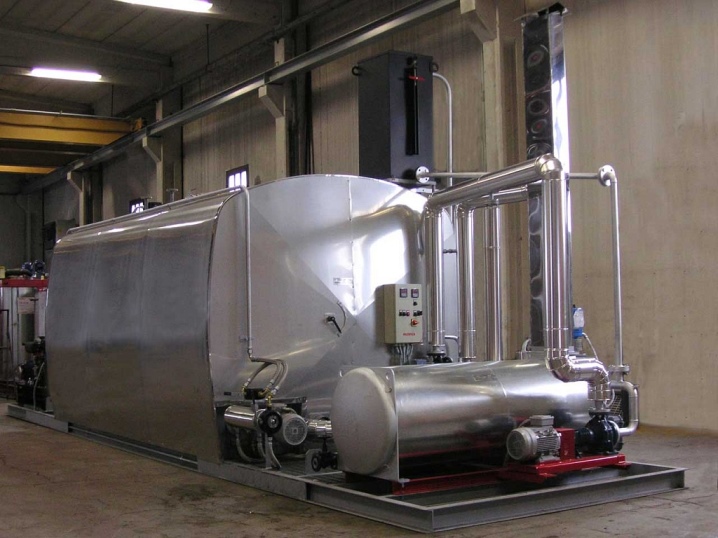
In addition, the design of the container must allow contact with an inert gas or oxygen and make it possible to form a certain amount of gas blanket.
- The walls should be made taking into account the characteristics of bituminous products, thermal effects, the need for thermal insulation, as well as possible temperature differences in the environment.
- If necessary, the interior of the tank can be divided into sections. The reason is that the loading volumes may be different, it may be necessary to periodically stir.
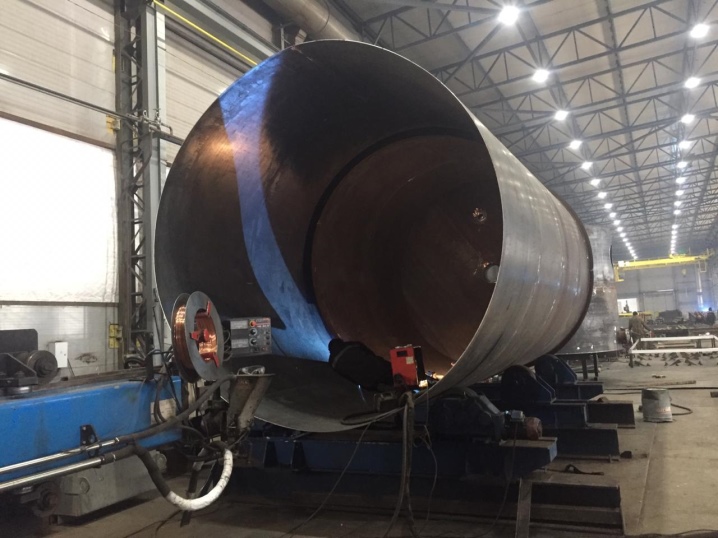
Species overview
It should be said that bituminous capacities can be different:
- terrestrial;
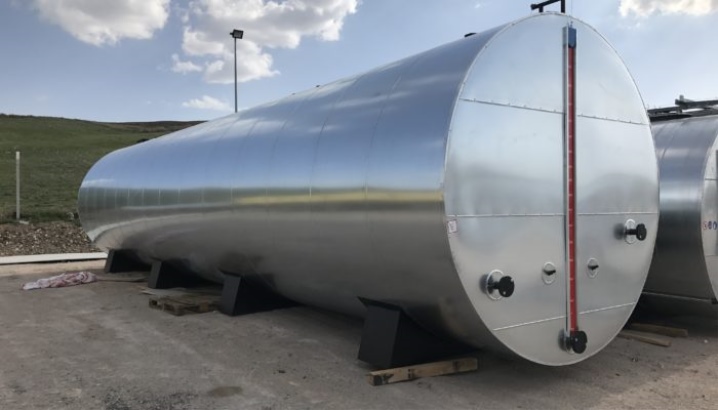
- underground.
In the latter case, such containers have a significantly larger volume, but do not take up much space in production.
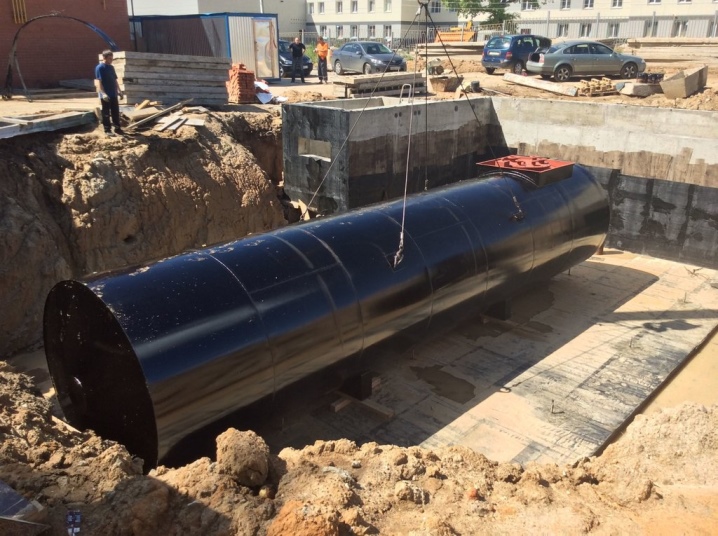
Space savings are also achieved with vertical bitumen tanks. By the way, they have another classification, according to which they can be of three types:
- vertical;
- horizontal;
- heated.
Now let's talk about the models of each group in order.
Vertical
In tanks that are classified as vertical, materials and substances are usually stored such as oil and various types of oil products: bitumen, kerosene, fuel oil, diesel fuel and gasoline. In addition, they are used for storing ammonia water, industrial alcohols, as well as a number of food liquids, such as sugar syrups.
They are also used to store regular water.
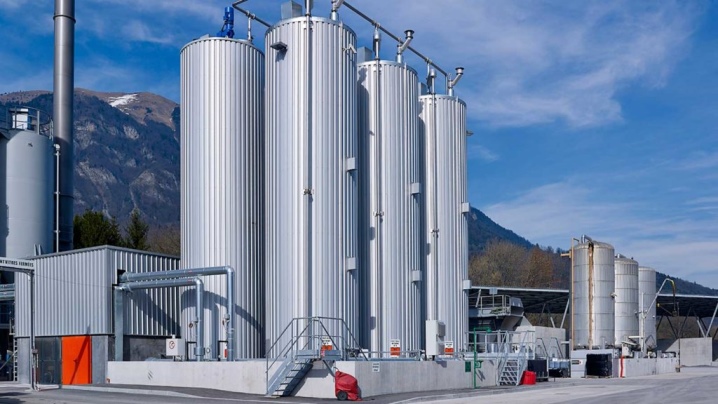
This category of tanks is in demand:
- in bituminous storage facilities;
- in warehouses with aviation fuel;
- at oil depots;
- in tank farms.
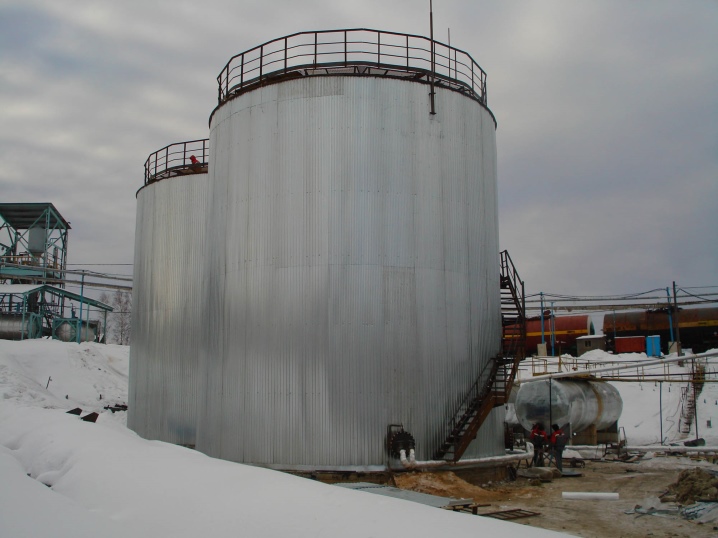
The advantages of just such containers include:
- more affordable price compared to similar solutions;
- when installed on the ground, they take up less space, which makes it possible to save space;
- they are adapted to any climatic conditions and can withstand quite serious loads.
Another characteristic feature of vertical tanks will be their versatility, because they are used not only in the chemical or oil and gas sector. They are also used in energy, construction, transportation and agriculture.
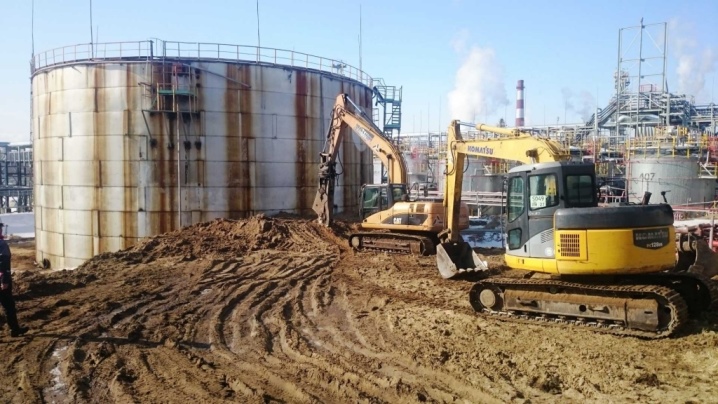
Horizontal
Such tanks can also be used to store various products: water, alcoholic substances, molasses, various acids, including sulfuric acid. Besides, if we talk about oil products, then such tanks will be optimal for diesel fuel, jet fuel, various brands of gasoline, oil, bitumen, as well as different types of fuel oil.
It should be added that for most horizontal tank models, the maximum wall thickness can be 1.6 centimeters.
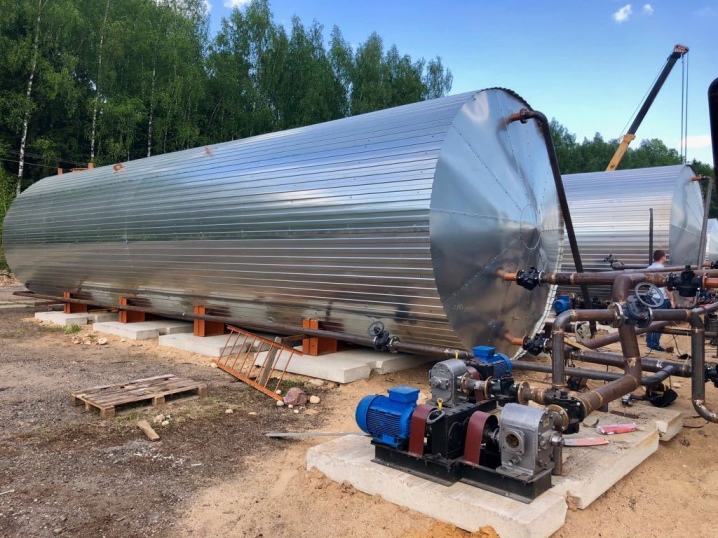
For their production, steel of various grades is used.
If we talk about welding, which is used for their manufacture, then it can be of 2 types:
- mechanized, which is carried out using a melting-type electrode in an environment of active gases and mixtures;
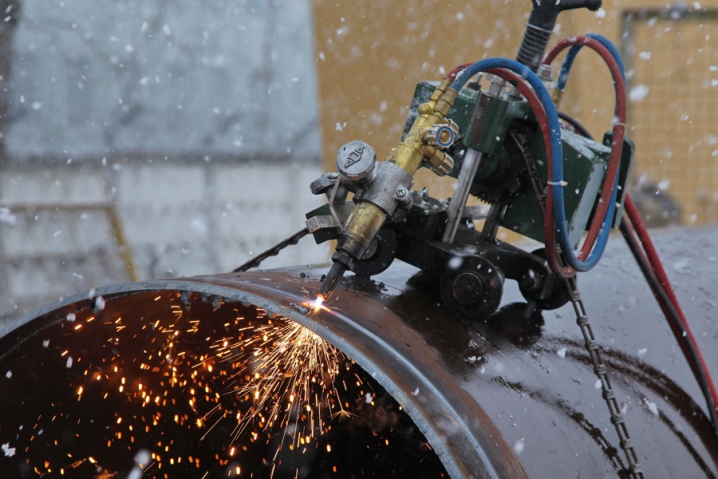
- automatic, which is produced under the flux layer.
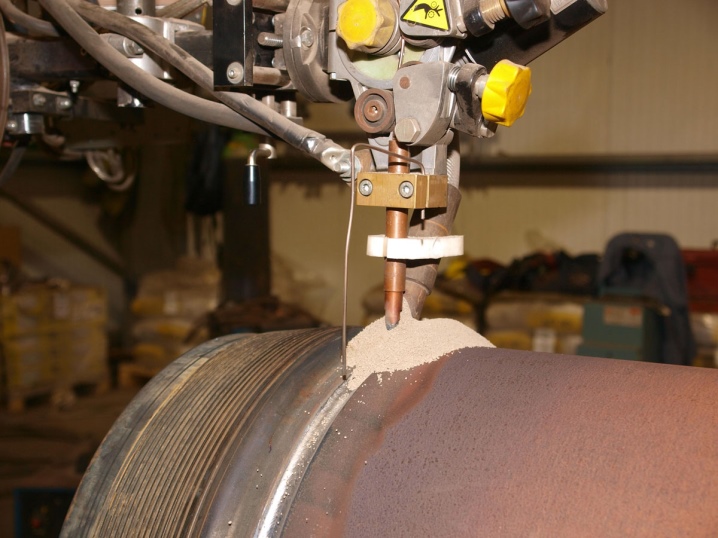
It should be said that depending on the object and product that is stored, there are several categories of horizontal containers for bitumen.
- Horizontal ground, which are made of steel. They are used for ground storage, discharge and filling with petroleum products at various facilities: warehouses, oil depots and tank-type parks, filling stations.
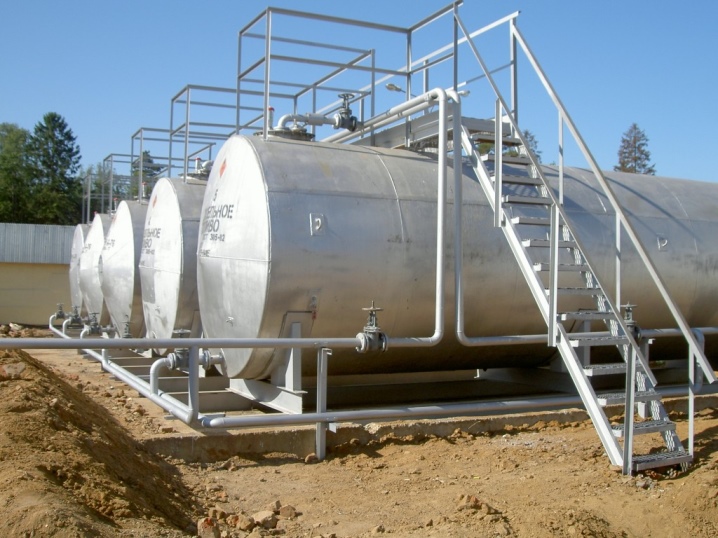
- Horizontal underground tanks, which is most often used at gas stations, oil depots, as well as at facilities for the preparation and storage of oil, gas condensate and others.

Heated
The effectiveness of various containers for storing bitumen and other products that differ in quality such as viscosity will depend not only on the design. Another important aspect will be the availability of technical means for heating bitumen mixtures and maintaining them at a certain temperature. Heating for containers is calculated and done in such a way as to achieve the following tasks with minimal cost:
- heating the entire volume of the substance or part of it at the required rate to the temperature of storage, pumping and mixing;
- maintaining a certain temperature range, which corresponds to storage conditions, taking into account climatic factors;
- convective mixing of the required volume of the product, if necessary.
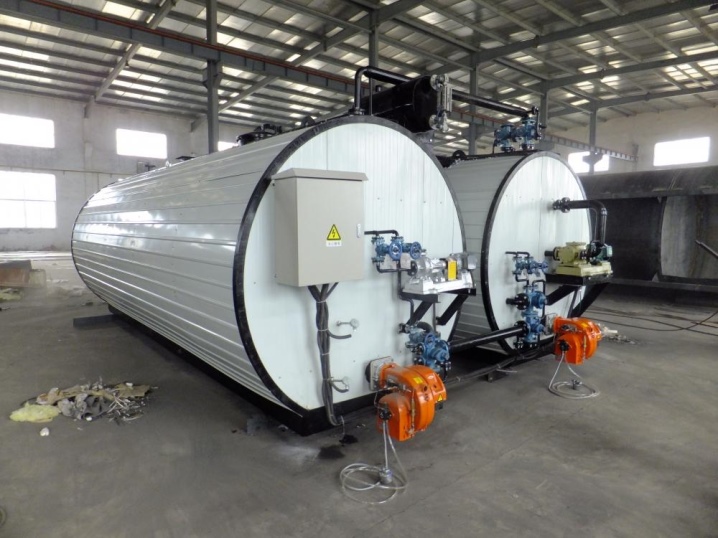
Note that the storage temperature of bitumen compositions should ensure their stable state and preservation of the characteristics that they had initially.

But the difficulty lies in the fact that high viscosity in this case is difficult to maintain. Then it is impossible to transport bitumen by pumps, and mixing of the stored volume may be impossible.
Depending on the categories of pumping devices, as well as mixing devices for pumping small quantities of very viscous substances, they need to be heated to a temperature in the range of 90-110 degrees Celsius. A bitumen should be heated to a temperature of 140-180 degrees, if there is a need to carry out serious mixing, transportation, as well as unloading at a high speed. But the amount of heating will depend on the power of the heating element and the amount of heating costs. Therefore, it is best to seek the best balance between heating and pumping costs.

Note that the auxiliary equipment for bitumen is formed from the following elements:
- a sensor for the level and quality of the product that is stored in the container;
- devices for maintenance and repair;
- a heating element;
- temperature monitoring mechanism.
That is, as you can see, the heating element is an important, but not the only component that should be equipped with a container for heating bituminous products.
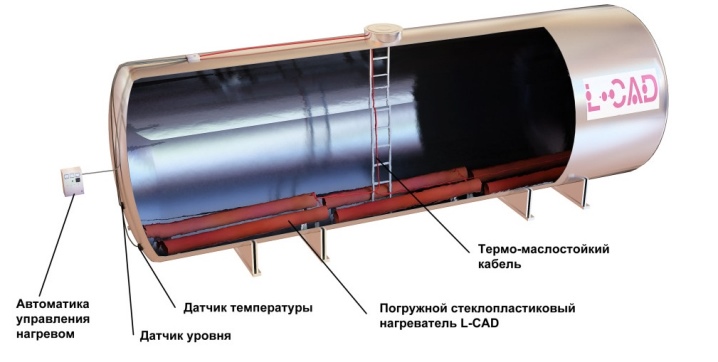
Leading manufacturers
If we talk about manufacturers, then the products on the market are mainly produced by domestic manufacturers. One of the most famous is the PC "MashProm-Expert". This company is engaged in the manufacture of various products. And one of the directions of his activity is the creation of heated storage tanks for bitumen, as well as horizontal and vertical models of tanks of various types. Note that the plant offers such standard sizes of containers that fit into the norms, permits for transportation. And this allows you not to arrange the transportation of oversized cargo, which makes it possible to save money during transportation.

In addition, here the bitumen tanks are supplemented with a device, which makes it possible to remotely monitor the degree of filling the tank with bitumen, as well as monitor the loading and unloading process.


The capacities of the PC "MashProm-Expert" are also distinguished by the presence of modern thermal insulation, the presence of high-precision liquid and container temperature control systems.
In addition, the work is carried out here by welders and assemblers of the highest qualifications, which makes it possible to practically exclude the possibility of marriage.
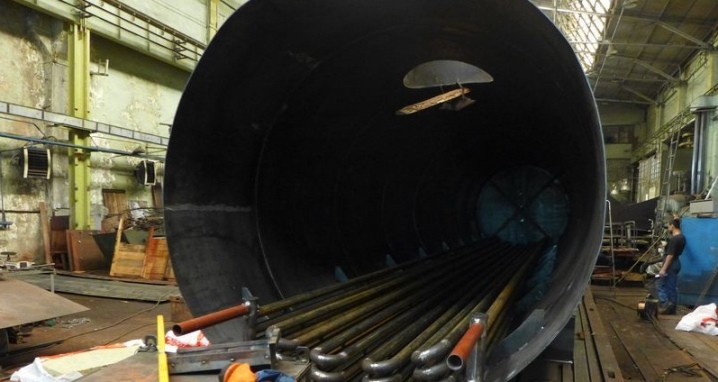
As an example, one can cite another domestic manufacturer - LLC "Khimstalkon-Engineering". This company specializes in the creation of vertical-type steel tanks for storing petroleum products and oil, technical and drinking water, fuel, and so on.
This manufacturer has the technical capacity, as well as special equipment, which makes it possible to create tanks from high-strength and high-quality steel of various types.
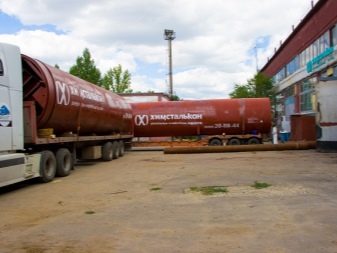
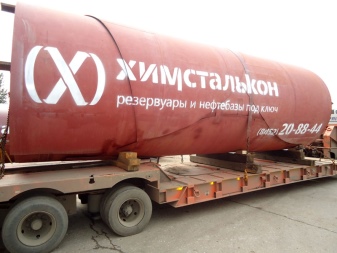
Here, the manufacture of containers for bitumen is carried out in 2 ways:
- assembly of sheet-by-sheet character;
- rolling.
All this, in combination with experienced personnel, can significantly reduce the production time for various vertical tanks while maintaining the highest quality of their manufacture.
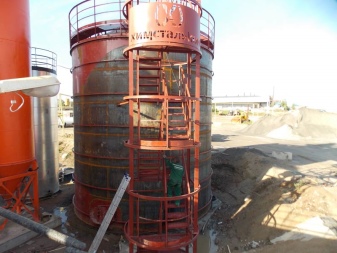
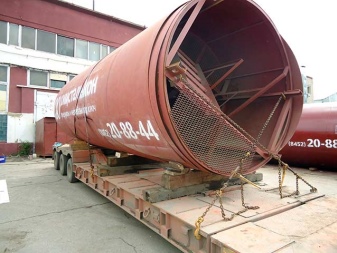
Design
When storing bituminous materials, various technological tasks can usually arise:
- the implementation of periodic mixing of the compositions that are contained in the container;
- keeping different categories of bituminous materials separate from each other;
- loading and unloading bitumen in a certain volume at a certain speed.
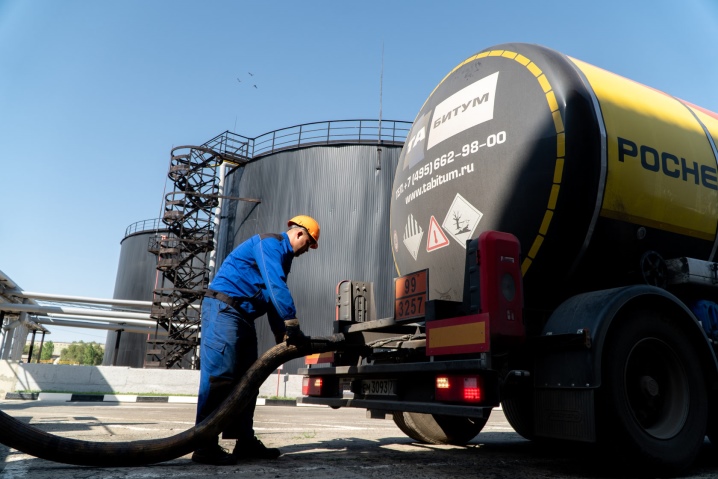
It should be noted that a number of parameters affect the design of the tanks, the piping option and their technical equipment:
- storage volume;
- features of loading and unloading processes;
- brand and quantity of the product.
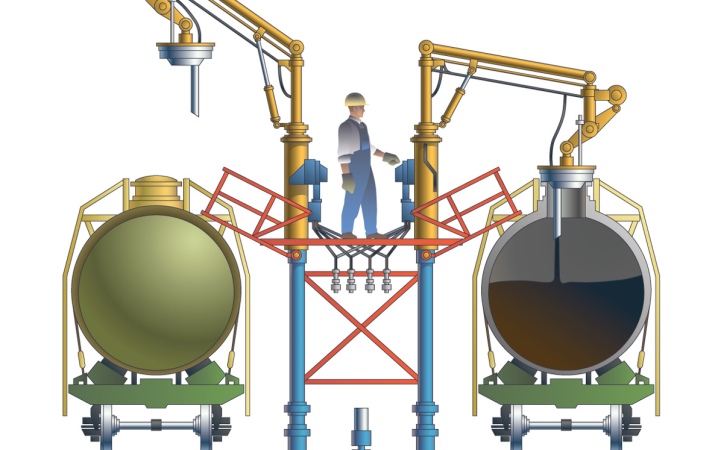
When designing, it should be taken into account that almost all containers of the type under consideration on the market for storing liquid type products, characterized by high viscosity, have a main part that is made in the form of a cylinder. As already mentioned, along the axis of the cylinder in the space of containers for storing bituminous materials, there can be horizontal and vertical. Each of the options has its own strengths and weaknesses.

One of the most important aspects of the design will be the issue of assembling the structure already at the facility where it will be located. Considering that the overwhelming majority of such containers have a large volume, 2 assembly methods are used:
- on-site from elements that were prepared in advance;
- factory roll assembly of shells with subsequent unwinding to the required dimensions already directly at the facility.

For more information on storing bitumen in tanks, see the following video.













The comment was sent successfully.